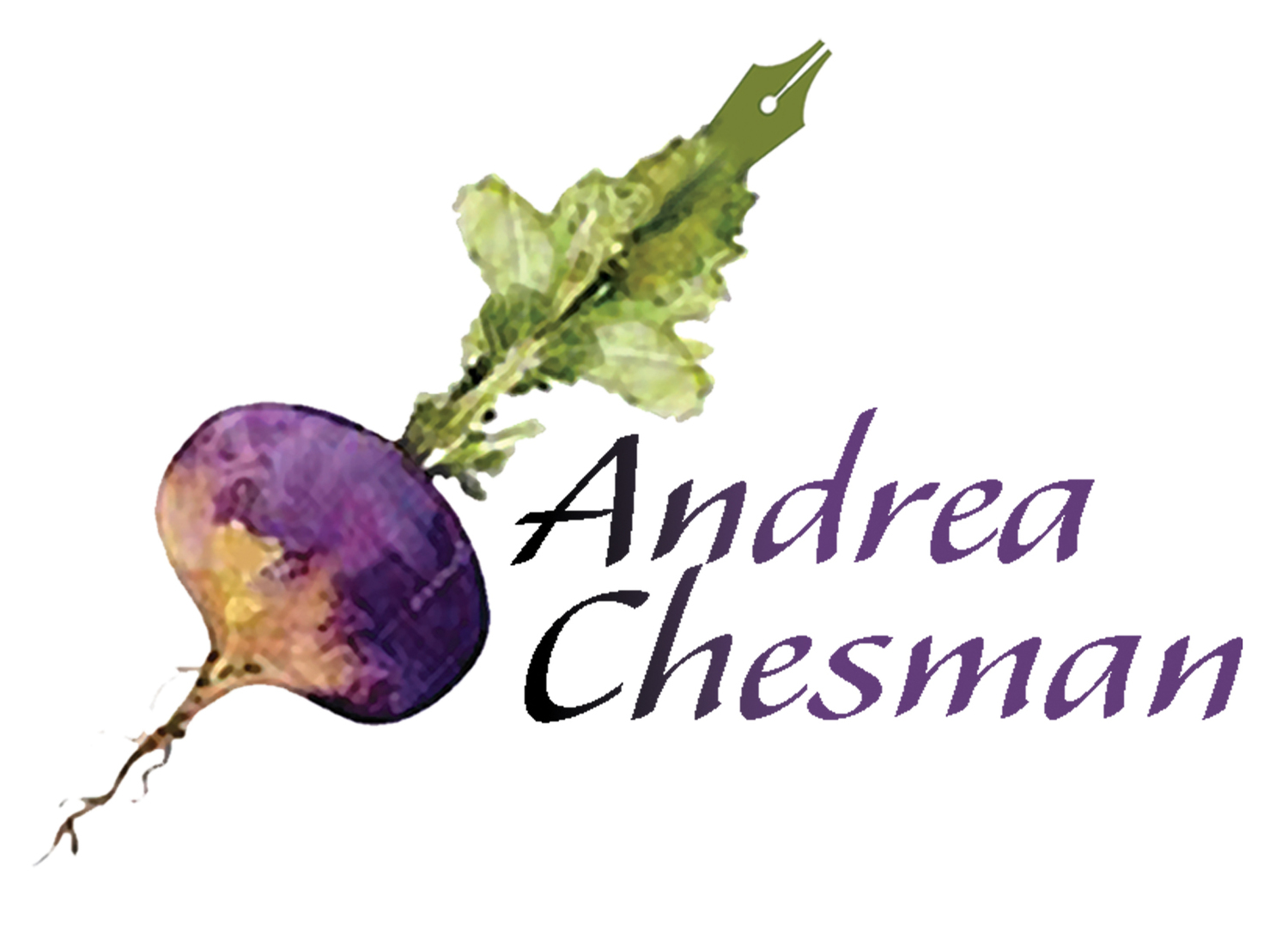I’ve just joined Healthy Fats Coalition in time to celebrate the first annual National Lard Day, a celebration of pure lard, a traditional, authentic animal fat that is now enjoying a resurgence within America’s food culture and in home kitchens.
National Lard Day is the brainchild of the Healthy Fats Coalition, a group of like-minded organizations, companies and individuals that have developed an educational initiative dedicated to the proposition that healthy fats aren’t merely having a moment – they’re here to stay, as an essential part of the American diet. The HFC’s mission is simple: affirm that animal fats deserve a central place in kitchen, on the table and in the popular imagination.
“Fat is the soul of flavor,” wrote Nina Teicholz in her groundbreaking book, Big Fat Surprise (Simon & Schuster, 2014). “Food is tasteless and cooking nearly impossible without fat. Fat is essential in the kitchen to produce crispness and to thicken sauces. It is crucial in conveying flavors. It makes baked goods flaky, moist, and light. And fat has many other essential functions in cooking and baking.”
While writing The Backyard Homestead Book of Kitchen Know-How, I started working with animal fats because people who raise their own meat animals are blessed with an abundance of animal fats and I wanted to learn how to work with them. I discovered that the fats contribute great flavor in the case of poultry fats and great texture in the case of all animal fats. Now I love working with animal fats and I’m happy to share the love.
Rendered leaf lard is great in cookies, as long as the lard has been rendered so it is neutral in flavor. I just made a batch of Polvorones, a lard-based cookie from Spain. The recipe originates from a point in the Spanish Inquisition when it was illegal to make these cookies with anything but lard (to smoke out Jews and Muslims, who were prohibited to eat pork by their religions). If that history weirds you out, but all means, call these cookies by one of their other American names, including snow balls, moldy mice, sandies, sand tarts, or butterballs. Or call them biscochitos (as they do in Mexico), tea cakes (as they do in Sweden and Russia), dandulas kiflik (as in Bulgaria), biscochos (as in Cuba), des kourabi (as in Greece) or rohlichky (as in the Ukraine). They were also called polvorones in Italy. A cookie so widely adopted, and so thoroughly time-tested must be good, and it is. It is!
Melt-in-your-mouth Polvorones
1 cup pecans, walnuts, or hazelnuts
1 cup lard (200g/7 ounces), at room temperature
2 cups confectioners’ sugar
1/2 teaspoon vanilla extract
2 cups unbleached all-purpose flour
1/2 teaspoon salt
1. Combine the nuts and 1 cup of the confectioners’ sugar in a food processor. Process until the nuts are finely ground. Add the lard and vanilla and beat until light and fluffy. Beat in the flour and salt until combined. Cover and refrigerate the dough for about 1 hour or until firm.
2. Preheat the oven to 350° F. Line three lard cookie sheets with parchment paper.
3. Form the dough into 1-inch balls and place 2 inches apart on the prepared cookie sheets.
4. Bake, one cookie sheet at a time, for about 15 minutes, until the cookies look dry and cracked. The color will not change much.
5. While the cookies are baking, place the remaining 1 cup confectioners’ sugar in a shallow bowl.
6. Cool the cookies on the parchment sheets for a few minutes. While the cookies are still warm, roll them in the confectioners’ sugar. Place on a wire rack to cool.
7. When the cookies have cooled completely, roll them again in the confectioners’ sugar to give them an even coating of sugar. Store in an airtight container between sheets of parchment or waxed paper. They will keep well for at least 1 week.



